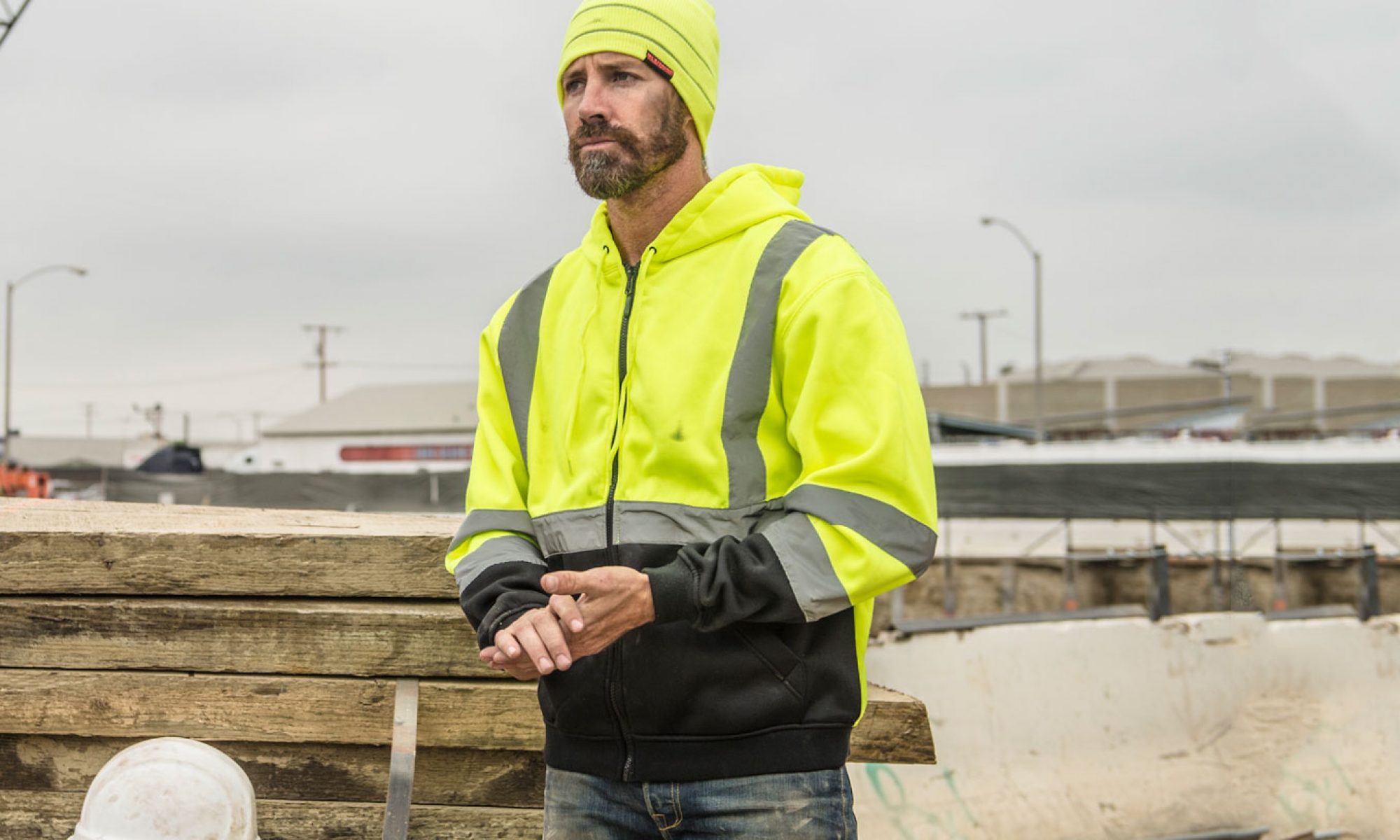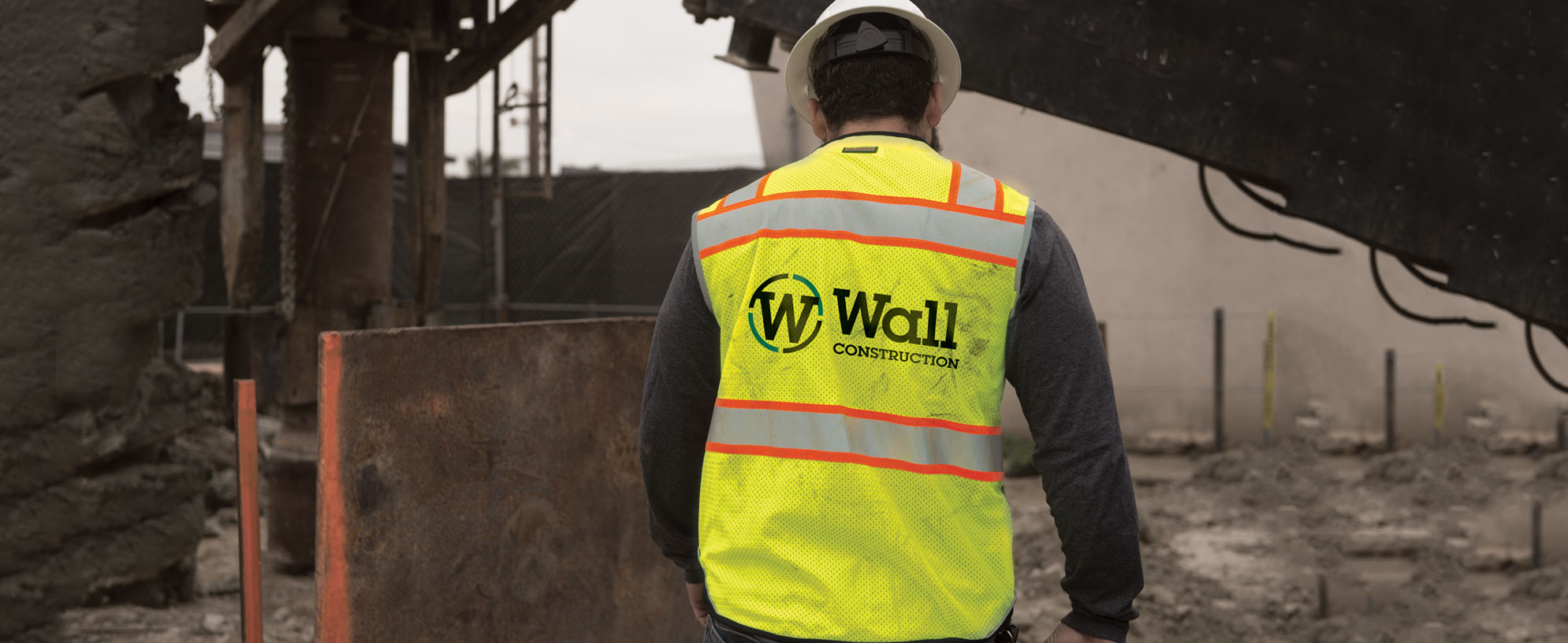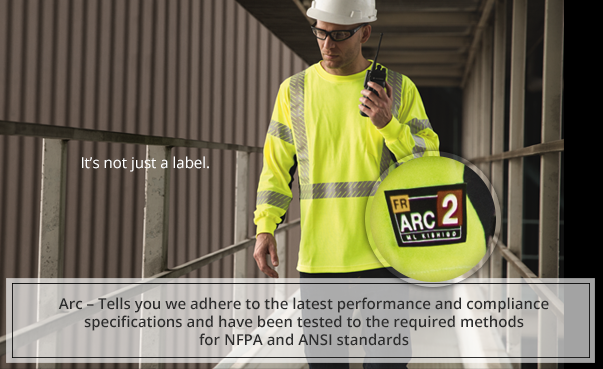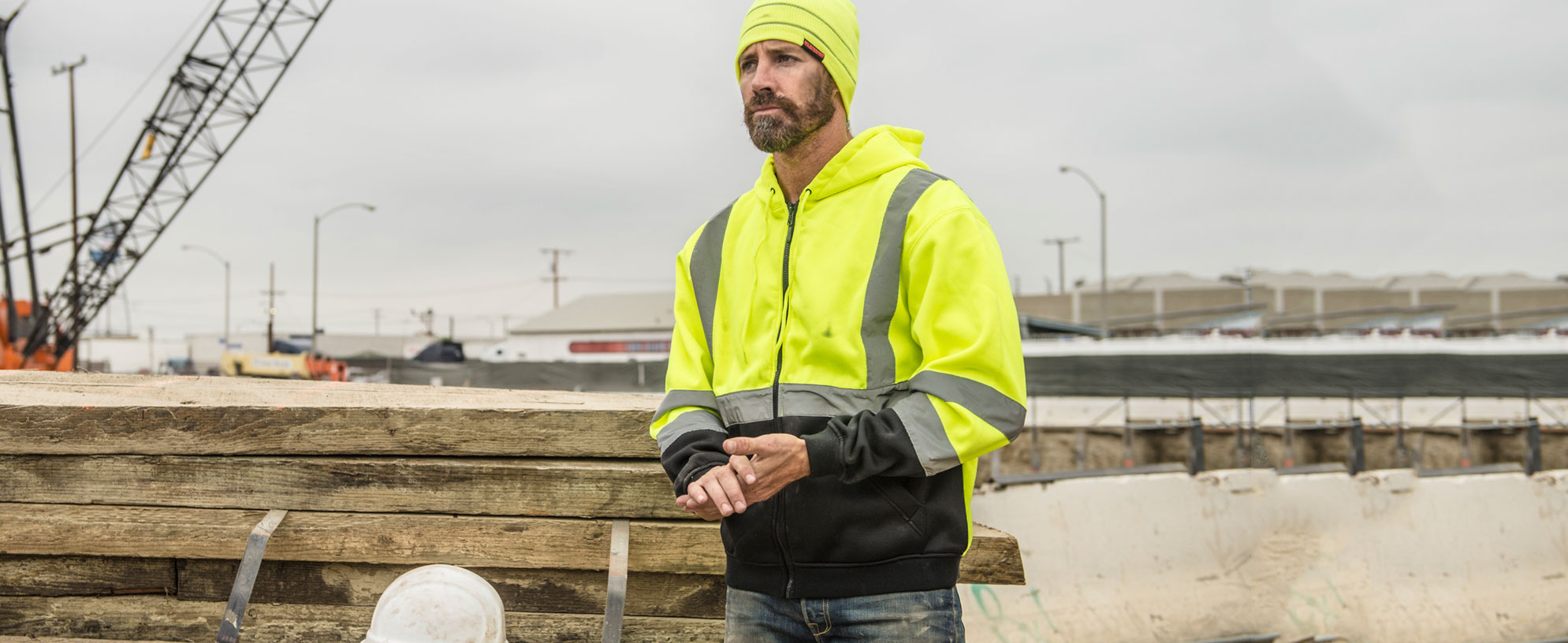High-visibility clothing is a type of personal protective equipment. It is worn by people who work in areas where there are moving vehicles, like airports, road construction, and accident sites. In addition to vests, there are hi-vis long-sleeve shirts, T-shirts, sweatshirts, jackets, pants, and rain gear available to keep you safe. Here are some reasons to wear high visibility clothing at work.
Industry Standards
OSHA and the FHA have standards for high visibility apparel. The industry standard is called the American National Standard for High Visibility Safety Apparel and Headwear. There are three main areas that are addressed.
The first is the background material that must be a certain color and have certain characteristics. Acceptable colors are red, red-orange, or lime. The material must be resistant to tearing, fading and shrinking. Most high visibility clothing is made of polyester or nylon.
Secondly, the apparel must incorporate reflective material, which is usually in the form of stripes. They must reflect very well and be durable in all weather conditions. Colors used are silver, red, orange, and lime.
The third characteristic is the design of the clothing. Each type of clothing is required to have a certain amount of background material and reflective material. All types are required to have reflective material that totally surrounds the torso.
Reduce Accidents From Moving Vehicles
Visibility is important when moving vehicles are around. That includes occupations like traffic police, factory worker, paramedic, fire fighter, construction worker, or road worker. It is crucial that the operator of any moving vehicle can see you so he or she can avoid hitting you. The type of protective clothing you wear will depend on the amount of light at your work site.
Protects in Adverse Weather
High visibility clothing not only protects workers during the daytime and nighttime, but during different types of weather. For people that work outdoors, high visibility clothing will help drivers see them if there is snow, fog, or dusty weather.



